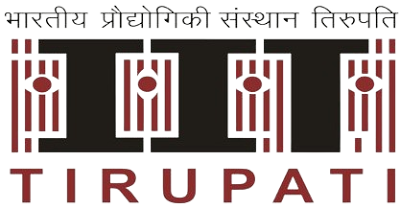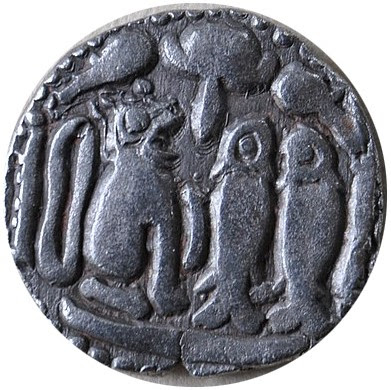TRIPURA TOURISM

TRIPURA TOURISM The emblem of Tripura Tourism (TT) has multiple motifs representing the State of Tripura forming a shape of the map of Tripura. This is supported by its name written at the right bottom with ‘Tripura ‘ written in sans serif bold with multiple colours denoting the varied and extensive culture and traditions of the State. The motifs in the map include rivers, mountains, forests, mask for dance, temple facade, pineapple, rising sun, sugarcane, local woman, splashing of colours and a monkey. The emblem is attractive and communicates the places of interests effortlessly and it is dynamic.








